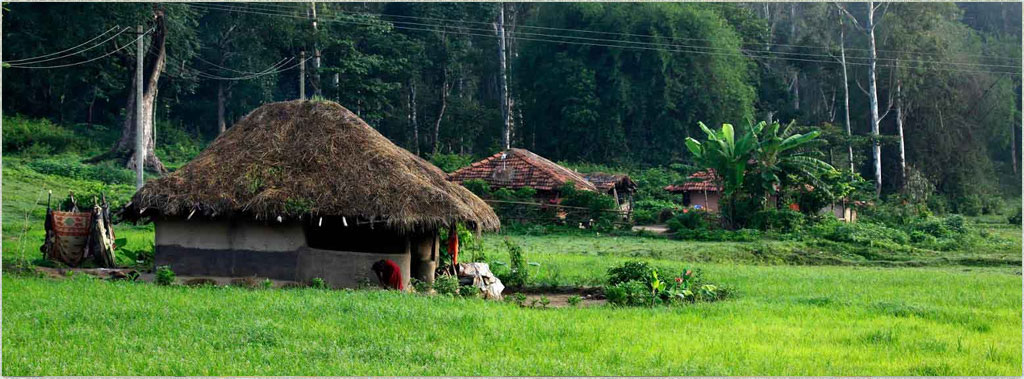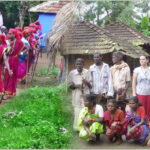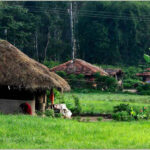Ezhunnamamuni paranjavalodu
Inangi ennodu punarenam
Azhakotha meni azhakum sundaram
Eppoyum ninte roopam kandittu
Kulirthamo sahiyatnamuni
– Taken from the Adiya’s folk song on Ramayana
In the holy month of “Ramayana masam”, where every household, temples and religious organisations in Kerala practices reading Ramayana, we would like to narrate what the ancient script is to Wayanad and its influences on the land.
Wayanad’s various communities—the Wayanadan Chettis, Idanadan Chettis, several other lower-caste and upper-caste communities—have planted the Ramayana into their local context. And some of the tales associated with the Ramayana are shared by all these communities.
The names of many places have their roots in the oral retellings of the Ramayana. A few examples are Ashramkoli, Yogimoola, Rampalli, Sita Mound, Poothadi and Choorupura. It is the belief of the local people that Valmiki’s ashram was situated in Ashramkoli. Even though it was upper-caste people who ran the ashram, the responsibility of thatching the roof of the ashram fell on the local Mulla Kuruma Adivasi community. It is believed that Sita gave birth to Lava and Kusa in this ashram, and that it was the women of the Mulla Kuruma community who provided postpartum care. Legend has it that it was in Yogimoola that the maharishis dwelled: it appears that it was this belief that gave the place its name. Similarly, there are over 30 such places in Wayanad whose nomenclature derives from Ramayana stories.
Again, there are numerous legends that link hills from Ramayana stories to those in Wayanad. Examples include legends based on mountains and hills such as Banasuramala, Brahmagiri, Munishvaramala (Munishvarakovil), Bhoothatthankunnu and Manikunnumala.
Scores of tribal communities, as well as upper-caste Hindus, believe that the war between Banasura and Krishna took place on Banasuramala. It is believed that during the war, Krishna chopped off Banasura’s karam (hand), and thus the place is named Karabanam. Karabanam Temple, at the foot of Banasura Hill, is well known in the region. In the middle of the war, an axe is said to have fallen in a region near Tharuvana, about 10 kilometres from Banasura. This region is now called Mazhuvannur, and there are many legends based on the Mazhuvannur Temple that is situated there.
There are large collections of stories among the many communities in Wayanad that deal with themes like the origin of the universe, origin of man, natural phenomena and the origin of religions. Many among them are related to themes in the Ramayana. There are even Adivasi communities in Wayanad that regard Rama and Sita as canonical figures in their own religion.
Tirunelli, which is known as the Kashi of the south, is a rich store of legends. Both subaltern communities and upper-caste Hindus consider Tirunelli to be the centre of their beliefs and legends. These written and unwritten legends and beliefs uphold Tirunelli as the most important site of spiritual pilgrimage. Most of these legends place references from the ancient Sanskrit texts in the landscape, since the geographical peculiarities of Tirunelli are conducive to the creation of myths and legends.
It is believed that Lord Rama, under the guidance of munis, offered prayers at Tirunelli Temple to achieve victory over Ravana. Another legend is that Lord Rama, along with Lakshman, Bharath and others, conducted the last rites for their father King Dasarath in the Papanashini River. Also, seven sacred waterbodies—Papanashini, Panchatheertham, Rinamochini Theertham, Gundika Theertham, Satabindu, Sahasrabindham and Varaham—are believed to converge at Tirunelli, the most important among them being Papanashini. It is believed that Lord Vishnu is in the main temple as Tirunelli Perumal, and Lord Shiva in Gundika Temple. And it is here that Brahma worships Vishnu everyday. Hence, in the temple, there is a convergence of all the three lords—Trimurti.








